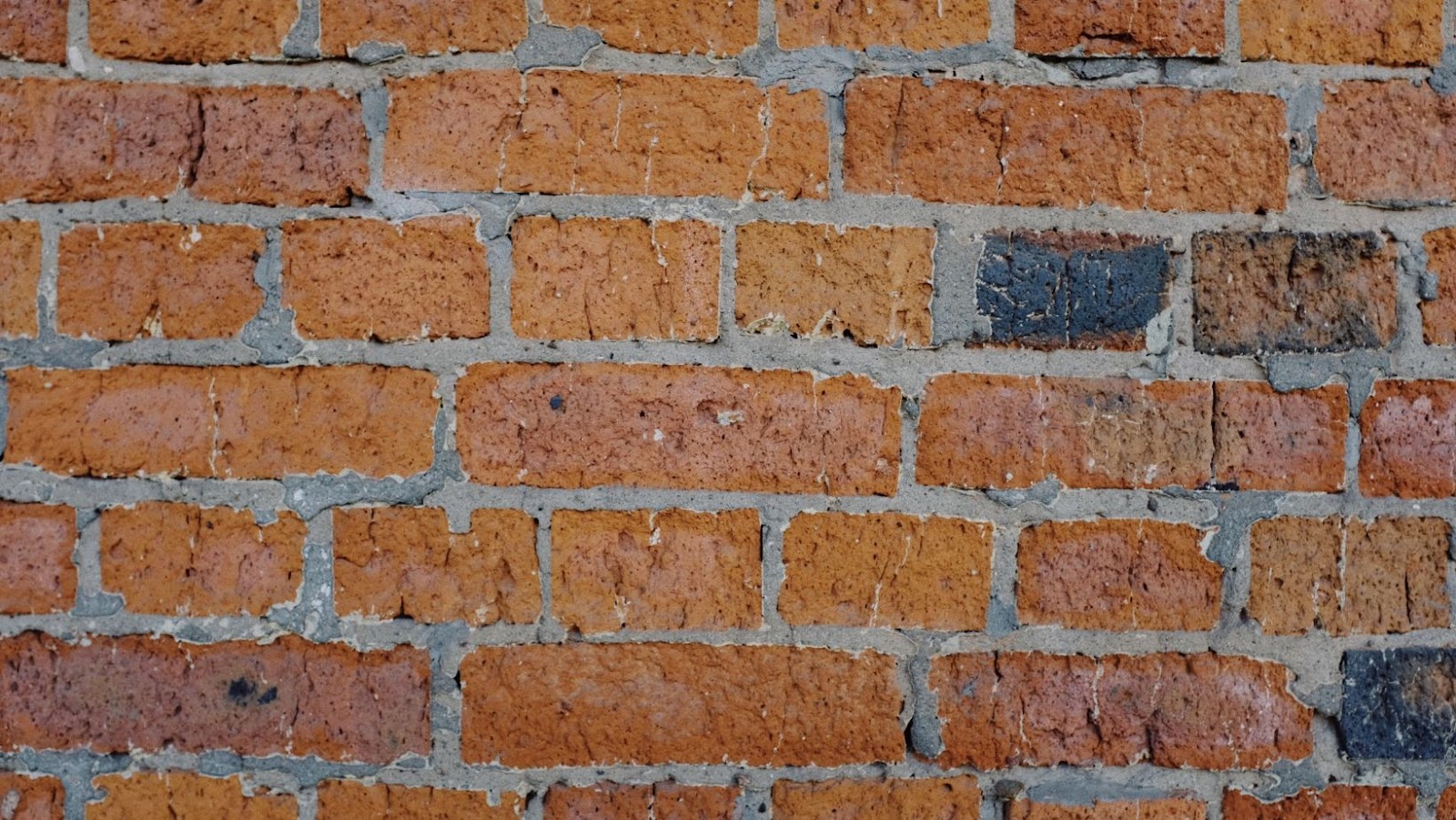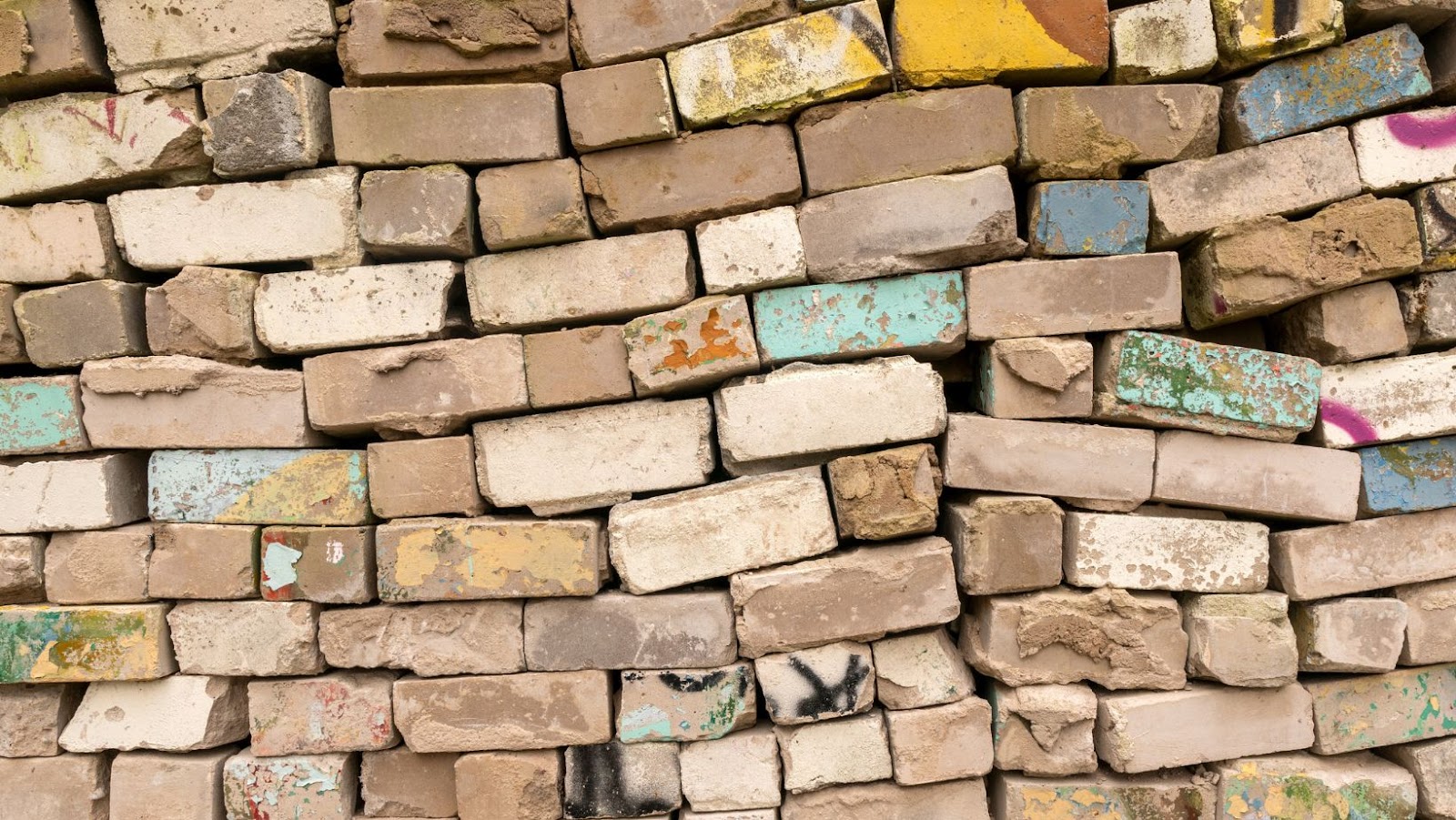The Benefits of Brick and Block Construction

Are you planning to build a structure but stuck on what type of construction to use?
Brick and block construction is a popular choice for many builders and homeowners. You will learn about the benefits and drawbacks of this type of construction in this article. Get ready to learn more about brick and block construction!
Introduction to Brick and Block Construction
Brick and block construction is a popular method of building structures using masonry units like bricks, concrete blocks, or stone. The materials are joined together with mortar to create a sturdy, long-lasting structure.
Here are some benefits of brick and block construction:
Durability: Masonry structures are resistant to fire, pests, and weather damage, making them ideal for long-term use.
Energy Efficiency: The dense materials used in brick and block construction provide natural insulation, reducing the amount of energy required for heating and cooling.
Aesthetics: Masonry buildings offer a timeless and classic look, and there is a wide range of styles, colors, and textures to choose from.
Affordability: Masonry buildings may have a higher upfront cost, but they require minimal maintenance and can last for decades or even centuries.
Brick and block construction is a safe and practical choice for both residential and commercial buildings, providing unique benefits that cannot be achieved through other building methods.
Benefits of Brick and Block Construction
Brick and block construction is a method of building structures using clay bricks or concrete blocks, and it offers several benefits over other construction methods.
Here are the top benefits:
- Durability: Brick and block structures can withstand harsh weather conditions, fire, and pests. They have a longer lifespan than wooden structures, reducing replacement and maintenance costs.
- Energy-Efficiency: Brick and block walls provide excellent insulation, keeping indoor temperatures stable and reducing the need for heating or cooling equipment.
- Sound Insulation: These materials are dense and reduce noise infiltration, providing a quieter indoor environment.
- Sustainability: Clay bricks and concrete blocks are made from natural materials that do not deplete the environment’s finite resources. Therefore, they are an eco-friendly choice.
Pro tip: Before starting your brick and block construction project, consult with a professional builder to ensure the best results.
What is Brick and Block Construction
Brick and block construction is a method of building structures using bricks and blocks made of various materials. There are several types of bricks and blocks available in the market, each with different characteristics and uses.

Here are some of the popular types of bricks and blocks:
1. Clay bricks: Made of natural clay, these bricks are durable, strong, and have excellent insulating properties. They are used in both residential and commercial construction.
2. Concrete blocks: These blocks are made by mixing cement, sand, and aggregates and come in different sizes and shapes. They are ideal for load-bearing walls and provide good insulation against heat and sound.
3. Fly ash bricks: These bricks are made of fly ash, which is a by-product of burning coal. They are lightweight and have good insulation properties, making them ideal for walls and floors in residential buildings.
4. Autoclaved Aerated Concrete (AAC) blocks: These blocks are made of a mixture of cement, lime, sand, and water, which is then cured in an autoclave. They are lightweight and have good insulation properties and are used in both residential and commercial construction.
Pro Tip: Choose the type of brick or block based on its characteristics and intended use to ensure a sturdy and durable construction.
Steps for Brick and Block Construction
Brick and block construction involves the use of bricks and blocks made from materials such as clay or concrete to build walls, arches, and other structures. This method has been used for centuries and continues to be a popular choice for home and building construction due to its durability and strength.
Here are the steps involved in brick and block construction:
1. Planning and preparation: This step involves the creation of a detailed plan or blueprint of the structure to be constructed, including measurements and materials needed.
2. Foundation: The foundation is the first step in construction and involves digging a trench and pouring concrete to support the weight of the structure.
3. Laying courses: Courses are rows of bricks or blocks, laid in a specific pattern and secured with mortar. The first few courses are critical and should be level and straight.
4. Cutting bricks and blocks: Bricks and blocks may need to be cut to fit around windows, doors, or corners. A masonry saw or chisel can be used for this process.
5. Finishing touches: This step involves adding final touches such as brick or stonework veneers, mortar joints, and sealing the structure.
Pro tip: It’s important to use high-quality bricks and blocks to ensure the longevity and stability of your structure. Proper mortar mixing and application techniques are also crucial for a successful brick and block construction project.
Tools and Materials for Brick and Block Construction
Brick and block construction is a method of building using individual units made of clay, concrete, or other materials. This construction method is durable, energy-efficient, and has been used for centuries. To start your brick and block construction project, you’ll need a few essential tools and materials.

Essential tools include:
- Masonry trowel
- Brick hammer
- Chisel
- Measuring tape
- Level
- Jointer
- Power saw
Essential materials include:
- Bricks or blocks
- Mortar mix
- Reinforcing steel
- Wall ties
- Flashing
Choose high-quality tools and materials for a strong and long-lasting brick and block construction project.
Challenges in Brick and Block Construction
Brick and block construction, also known as masonry construction, is a building technique that involves using bricks and blocks made from materials such as clay, concrete, and sand-lime. This construction method has been used for centuries due to its durability, strength, and fire resistance.
However, there are several challenges in brick and block construction that need to be addressed for a successful build. One of the key challenges is ensuring proper mortar and brick/block placement to ensure stability, as well as addressing issues such as uneven settling, water damage, and weathering. This requires skilled labor and proper training to ensure that the construction is done correctly.
Another challenge is the need for regular maintenance, as brick and block construction can be prone to cracking, erosion, and efflorescence. To prevent these issues, regular cleaning, repair, and sealing may be required.
Tips for Successful Brick and Block Construction
Brick and block construction is a building technique that involves using bricks and concrete blocks to create durable and long-lasting structures. Here are some tips for successful brick and block construction:
1. Proper Foundation: Make sure your foundation is level, compacted, and able to support the weight of the structure.
2. Use Quality Materials: Only use high-quality bricks and blocks, and ensure they are compatible with each other in terms of size and strength.
3. Mix Mortar Well: Properly mix the mortar or cement to the recommended ratios to achieve the perfect consistency.
4. Pay Attention to Detail: Ensure you are properly measuring, leveling, and aligning each brick or block as you go to prevent any structural issues.
5. Allow for Drying Time: Give the mortar enough time to dry and harden before removing any temporary supports.
Following these tips will help ensure that your brick and block construction is successful and lasting.
Pro tip: It is essential to use proper protective gear like gloves and eye protection while constructing with bricks and blocks to prevent any injuries.
In conclusion, brick and block construction is a technique of building structures using bricks and blocks, made from a variety of materials such as clay, concrete, or cement. The construction process includes laying courses of the blocks or bricks and using mortar to bind them together. This construction method has been in use for centuries and remains popular today due to its durability, strength, and thermal insulation properties.
Brick and block construction is commonly used for building houses, apartment blocks, schools, and commercial buildings. As with any construction method, it has its advantages and disadvantages, but with proper planning and execution, it is a reliable and sturdy option for building structures that can withstand the test of time.

 The Benefits Of Outdoor Sofa Deep Seating
The Benefits Of Outdoor Sofa Deep Seating  This Method has Been Used for Centuries
This Method has Been Used for Centuries  The Different Types of Bonds
The Different Types of Bonds  Solar Panel Cost And Efficiency
Solar Panel Cost And Efficiency  The Most Comfortable Deep Seating Outdoor Furniture
The Most Comfortable Deep Seating Outdoor Furniture  Maintaining Your Glass Cabinet Doors
Maintaining Your Glass Cabinet Doors